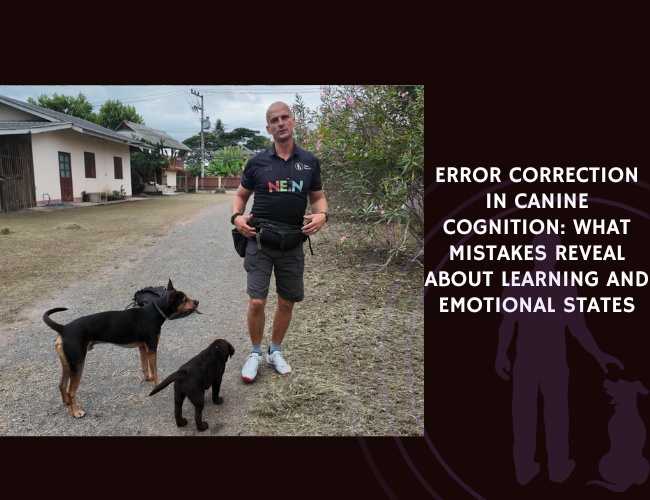Catia Correia-Caeiro, Kun Guo, and Daniel Mills (2020) conducted the first interspecies eye-tracking study with unrestrained dogs and humans, using dynamic spontaneous facial expressions to investigate how the two species perceive emotions. Unlike previous studies, no pre-training was used to hold attention, ensuring that results reflected natural perception patterns.
The findings showed clear differences: humans modulated gaze depending on the area of interest, the emotion expressed, and the species observed, while dogs adjusted gaze only by area of interest. Importantly, human eye movements did not align with diagnostic facial movements of emotion, and dogs showed only partial alignment. This indicates that face scanning is an automatic process rather than a refined interspecies adaptation.
The study concludes that successful interpretation of another species’ emotions requires learning strategies beyond automatic scanning. For dogs and humans, this means that much of their ability to understand each other emotionally is shaped by experience and social interaction, deepening our insight into the mechanisms of the dog–human bond.
Source: Correia-Caeiro, C., Guo, K., & Mills, D. (2020). Perception of dynamic facial expressions of emotion between dogs and humans. Animal Cognition, 23, 465–476. Authors: Catia Correia-Caeiro, Kun Guo, Daniel Mills. Citations: 43.










